Home>Interior Design>How To Wash A Pillow: So It’s Fresh, Comfy And Supportive
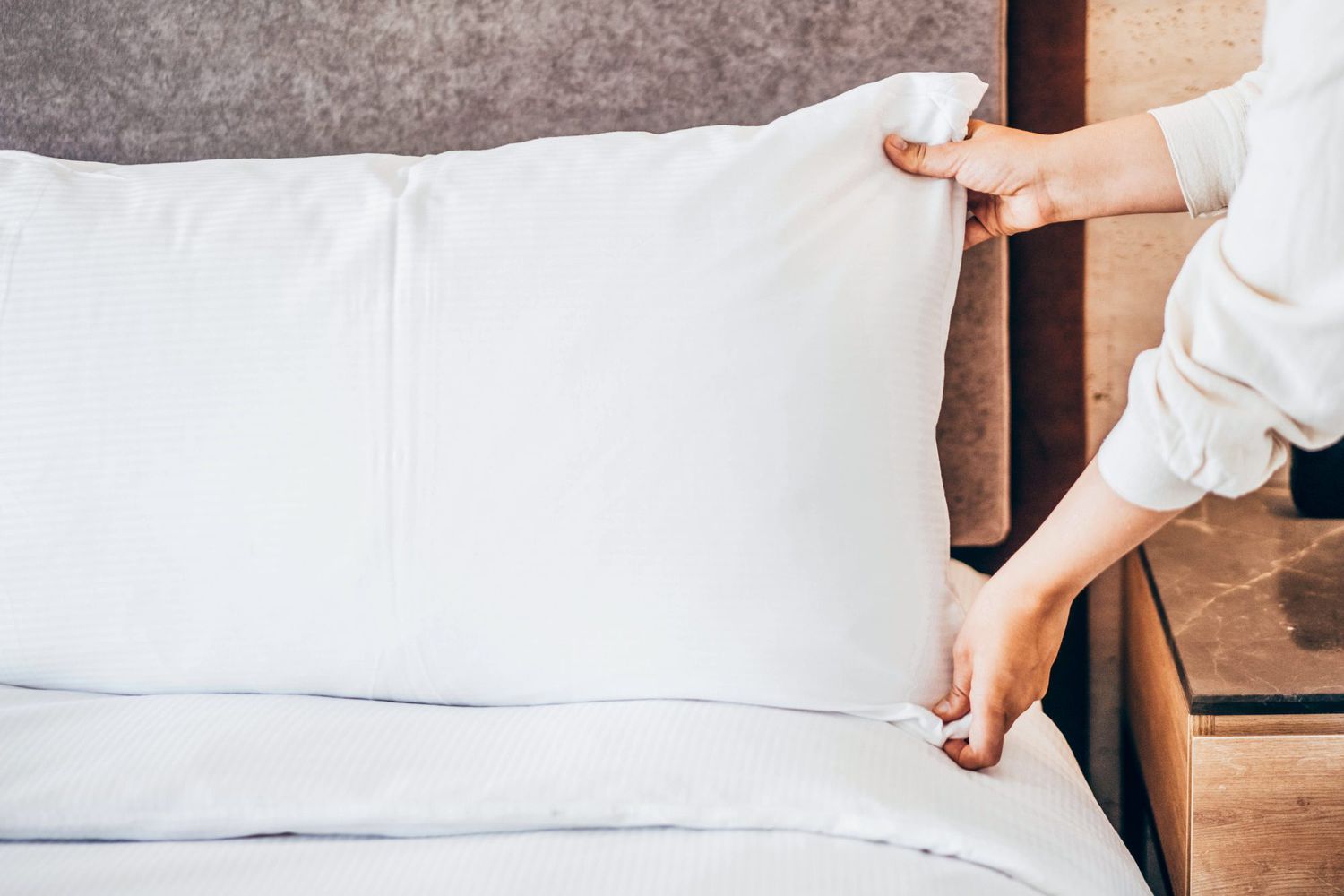

Interior Design
How To Wash A Pillow: So It’s Fresh, Comfy And Supportive
Modified: January 18, 2024
Learn how to wash your pillows properly to keep them fresh, comfortable, and supportive. Follow our step-by-step guide for interior-design enthusiasts.
(Many of the links in this article redirect to a specific reviewed product. Your purchase of these products through affiliate links helps to generate commission for Storables.com, at no extra cost. Learn more)
Introduction
Welcome to our guide on how to wash a pillow! Your pillow is an essential part of ensuring a good night’s sleep, but over time, it can accumulate dirt, sweat, and allergens. Regularly washing your pillows not only keeps them fresh and clean but also helps maintain their comfort and support. Whether you have standard pillows, memory foam pillows, or down pillows, we’ll walk you through the steps to ensure a thorough and effective cleaning process.
Before we dive into the specifics, it’s important to note that not all pillows can be washed using the same method. Checking the care label on your pillow is crucial in determining the best approach. Some pillows may be machine washable, while others may require hand washing or dry cleaning. By following the care instructions specific to your pillow, you can avoid any potential damage and ensure its longevity.
In this guide, we’ll cover the various methods for washing pillows, including machine washing and hand washing. We’ll also provide tips on drying and caring for your pillows after the initial cleaning process. So, let’s gather our supplies and get started on revitalizing your pillows!
Key Takeaways:
- Regularly washing your pillows not only keeps them fresh and clean but also helps maintain their comfort and support, ensuring a rejuvenated and hygienic sleeping experience.
- Proper pillow maintenance, including washing, drying, and fluffing, plays a significant role in promoting a clean and healthy sleep environment, ensuring your pillows remain fresh, comfy, and supportive for a long time to come.
Read more: How To Fix E2 Error In A Washing Machine
Gathering the necessary supplies
Before you begin the pillow washing process, it’s important to gather all the necessary supplies. Having these items on hand will ensure a smooth and efficient cleaning experience. Here’s what you’ll need:
- Mild detergent: Look for a gentle detergent that is suitable for delicate fabrics. Avoid using bleach or harsh chemicals, as they can damage the fibers of your pillow.
- Stain remover (optional): If your pillow has any stubborn stains, you may want to have a stain remover on hand. Make sure to choose one that is appropriate for the type of fabric used in your pillow.
- Washing machine: Depending on the care instructions, you may need a washing machine with a large enough capacity to accommodate your pillows. Front-loading machines are generally recommended, as they are less harsh on the pillows compared to top-loading machines.
- Pillow protector (optional): Using a pillow protector can help extend the lifespan of your pillow and make future cleanings easier. If you don’t already have one, consider investing in a pillow protector that is breathable, waterproof, and hypoallergenic.
- Large basin or bathtub: If you choose to hand wash your pillows, you’ll need a clean and spacious basin or bathtub where you can soak and rinse them.
- Clean towels: Have a few clean towels ready to help absorb excess water and facilitate the drying process.
- Drying equipment: Depending on the type of pillow and its care instructions, you may need a dryer, clothesline, or drying rack to dry your pillows thoroughly.
- Vacuum cleaner (optional): If your pillow is not machine washable, using a vacuum cleaner can help remove dust and allergens. This step can be done before or after spot cleaning or hand washing your pillow.
By having these supplies on hand, you’ll be fully prepared to give your pillows the thorough cleaning they deserve. Now that we’ve gathered our supplies, let’s move on to the next step: checking the care label to determine the best washing method.
Checking the care label
Before proceeding with any washing method, it’s crucial to check the care label on your pillow. The care label provides important information about the recommended cleaning instructions and any specific precautions you need to take. Here are some key things to look for on the care label:
- Machine washable: If the care label indicates that your pillow is machine washable, you’re in luck! This means you can proceed with the machine washing instructions we’ll cover later in this guide. Just be sure to follow any temperature or cycle recommendations provided.
- Hand wash only: Some pillows, particularly those made of delicate materials like silk or wool, may require hand washing. If the care label states “hand wash only,” you’ll need to follow the hand washing instructions we’ll discuss in the next section.
- Dry clean only: Certain pillows, such as those with decorative trims or down-filled pillows, may require dry cleaning. If the care label specifies “dry clean only,” it’s best to take your pillow to a professional cleaner to avoid any potential damage.
- No washing: In some cases, the care label may explicitly state that the pillow should not be washed. This usually applies to more sensitive materials or specialty pillows. In such instances, spot cleaning or using a vacuum cleaner to remove dust and allergens is your best option.
It’s essential to follow the care instructions provided on the label to avoid damaging your pillow or voiding any warranty. If the care label is missing or illegible, and you’re unsure about the appropriate washing method, it’s best to err on the side of caution. In such cases, consider spot cleaning or seeking professional advice to ensure the safety and longevity of your pillow.
Now that we’ve checked the care label and determined the recommended washing method, let’s move on to the specific instructions for machine washing and hand washing your pillows.
Washing machine instructions
If your pillow is machine washable, follow these instructions to ensure a proper and effective cleaning:
- Preparation: Before placing your pillow in the washing machine, remove any pillowcases or covers. Check for any loose threads, buttons, or zippers that could potentially cause damage to your pillow or the washing machine.
- Load capacity: Make sure your washing machine can accommodate the size and weight of your pillow. If you have a top-loading machine, it’s advisable to wash two pillows at a time to maintain balance during the cycle.
- Detergent selection: Choose a mild detergent that is suitable for delicate fabrics. Avoid using bleach or harsh chemicals as they can damage the fibers of your pillow.
- Machine settings: Set your washing machine to a gentle or delicate cycle with warm water. Avoid using hot water as it may cause shrinkage or damage to certain types of pillows.
- Load balancing: To prevent your pillow from clumping or becoming misshapen during the wash cycle, balance the load by adding a few towels or small items. This helps maintain an even distribution of water and detergent.
- Extra rinse cycle: It’s recommended to run an extra rinse cycle to ensure all the detergent is thoroughly rinsed out of your pillow.
- Spin cycle: After the final rinse, set your washing machine to a gentle spin cycle to remove excess water from your pillow.
Please note that memory foam pillows should not be machine washed. Instead, follow the manufacturer’s instructions for cleaning, which typically involve spot cleaning or hand washing. Additionally, down-filled pillows may require an extra step of adding tennis balls or dryer balls to the dryer to help fluff the feathers during the drying process.
Once the machine washing is complete, move on to the drying options section to ensure your pillow is dried thoroughly and effectively.
To wash a pillow, use a mild detergent and wash on a gentle cycle. Add a couple of tennis balls to the dryer to fluff the pillow. Make sure it’s completely dry before using it again.
Hand washing instructions
If your pillow requires hand washing, follow these instructions to clean it effectively:
- Preparation: Fill a clean basin or bathtub with lukewarm water. Add a small amount of mild detergent and mix until it creates a gentle soapy solution.
- Submerging the pillow: Place your pillow in the soapy water and gently press it down to ensure it is fully submerged. Allow the pillow to soak for about 15-20 minutes. During this time, you can gently agitate the pillow by squeezing and releasing it to help loosen dirt and debris.
- Spot cleaning: If your pillow has any specific spots or stains, you can use a soft brush or sponge to gently scrub the affected area with the soapy water. Be careful not to scrub too vigorously as it may damage the pillow.
- Rinsing: Drain the soapy water and refill the basin or bathtub with clean lukewarm water. Submerge the pillow again and press it gently to remove any remaining detergent. Repeat this rinsing process until the water runs clear, indicating that all the soap has been removed.
- Pressing out excess water: Once the pillow is thoroughly rinsed, gently press out the excess water. Avoid wringing or twisting the pillow, as it may damage the fibers.
Now that your pillow is clean and free of excess water, it’s time to move on to the drying process. Continue reading to discover the various drying options available.
Drying options
After washing your pillow, it’s important to dry it thoroughly to prevent the growth of mold, mildew, or unpleasant odors. Here are some drying options to consider:
- Drying in a machine: If your pillow is machine washable, you can place it in the dryer on a low heat setting. Add a couple of clean towels or dryer balls to help expedite the drying process and prevent clumping. Avoid using high heat as it can damage the pillow’s filling or shrink the fabric. Check the care label for any specific instructions regarding dryer usage.
- Air drying: Some pillows, especially those made of delicate materials or with specific support components, may need to be air-dried. Lay your pillow flat on a clean towel in a well-ventilated area, away from direct sunlight and heat sources. Flip the pillow occasionally to ensure even drying. This method may take longer, but it is gentle on the pillow’s structure.
- Outdoor drying: If weather permits and your pillow is suitable, you can hang it on a clothesline outside. Make sure to use clothespins or clips to secure it properly. However, note that this option may expose the pillow to outdoor elements and allergens, so it’s essential to weigh the pros and cons before choosing this method.
- Fluffing and reshaping: Once your pillow is dry, regardless of the drying method used, give it a good fluffing and reshaping. Gently knead and massage the pillow to distribute the filling evenly. This step helps restore the pillow’s original shape and ensures maximum comfort and support.
- Pillow protectors: To prolong the cleanliness and freshness of your pillow, consider using a pillow protector. These covers act as an additional barrier against sweat, oils, dust mites, and allergens. Pillow protectors are typically machine washable and easy to maintain.
Remember to thoroughly dry your pillow before putting it back into a pillowcase or cover. Any moisture left in the pillow can lead to unpleasant odors or the growth of mold and mildew.
Now that your pillow is clean, dry, and ready for use, let’s explore some additional tips and precautions to ensure its longevity.
Additional tips and precautions
Here are some additional tips and precautions to keep in mind when washing and caring for your pillows:
- Frequency of washing: It’s generally recommended to wash your pillows every 3-6 months, or as needed. Regular cleaning helps eliminate allergens, bacteria, and sweat that accumulate over time.
- Spot cleaning: If you notice a small stain or spill on your pillow between washings, quickly treat it with a mild stain remover or gentle detergent. Blot the stain gently without rubbing to avoid spreading it further.
- Protective covers: Using pillow protectors or pillowcases is an excellent way to keep your pillows clean and extend their lifespan. Wash these covers regularly to maintain overall cleanliness.
- Fluffing pillows daily: To maintain the shape and plumpness of your pillows, give them a good fluff daily. This redistributes the filling and helps retain their supportive qualities.
- Consider pillow type: Different pillow types have varying cleaning requirements. Follow the manufacturer’s instructions or consult a professional for specific guidance on cleaning memory foam, down-filled, or specialty pillows.
- Alternate drying methods: If you’re unable to use a washing machine or prefer not to, you can consider using a handheld garment steamer or placing your pillow in direct sunlight for a few hours to eliminate any odors or bacteria.
- Replace when necessary: Despite regular cleaning and care, pillows have a lifespan. If you notice significant lumps, sagging, or loss of support, it may be time to replace your pillow for optimal sleep comfort.
- Allergen avoidance: If you suffer from allergies, consider using hypoallergenic pillows and regularly washing them to reduce allergen buildup. Pillow protectors can also help minimize exposure to allergens.
Remember, proper pillow maintenance plays a significant role in promoting a clean and healthy sleep environment. By following these tips and precautions, you can ensure that your pillows remain fresh, comfy, and supportive for a long time to come.
Now you have all the knowledge and steps needed to effectively wash your pillows. Say goodbye to dirt and allergens, and hello to a rejuvenated and hygienic sleeping experience!
Should you have any further questions or concerns, don’t hesitate to consult the care label or seek professional advice to guarantee the best care for your specific pillow type.
Happy pillow washing!
Conclusion
Washing your pillows is an essential part of maintaining a clean and comfortable sleep environment. Regular cleaning not only eliminates dirt, sweat, and allergens but also helps prolong the lifespan of your pillows.
In this comprehensive guide, we’ve covered the step-by-step process for washing pillows, including gathering the necessary supplies, checking the care label, and following the appropriate washing instructions. Whether your pillows are machine washable or require hand washing, we’ve provided detailed instructions to ensure a thorough and effective cleaning process.
Additionally, we’ve discussed various drying options, such as machine drying, air drying, and outdoor drying, to help you choose the best method for your specific pillow type.
We’ve also shared additional tips and precautions to consider, such as using pillow protectors, fluffing your pillows regularly, and replacing them when necessary. These tips will help you maintain the cleanliness, comfort, and support of your pillows over time.
Remember to always consult the care label and follow the manufacturer’s instructions for the best results. Every pillow is unique, and specific materials or construction may require special care.
Now that you have the knowledge and tools to wash your pillows properly, you can enjoy a fresh, comfy, and supportive sleep experience. So go ahead and give your pillows the attention they deserve, and enjoy a cleaner and healthier sleep environment!
Frequently Asked Questions about How To Wash A Pillow: So It’s Fresh, Comfy And Supportive
Was this page helpful?
At Storables.com, we guarantee accurate and reliable information. Our content, validated by Expert Board Contributors, is crafted following stringent Editorial Policies. We're committed to providing you with well-researched, expert-backed insights for all your informational needs.





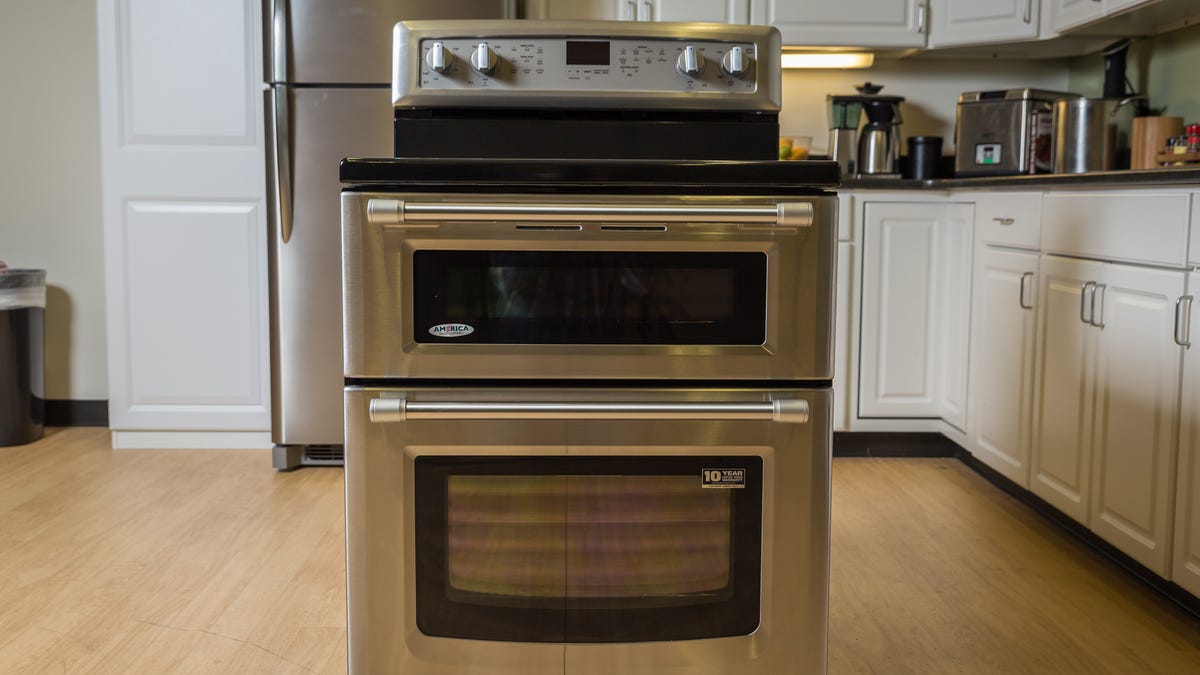

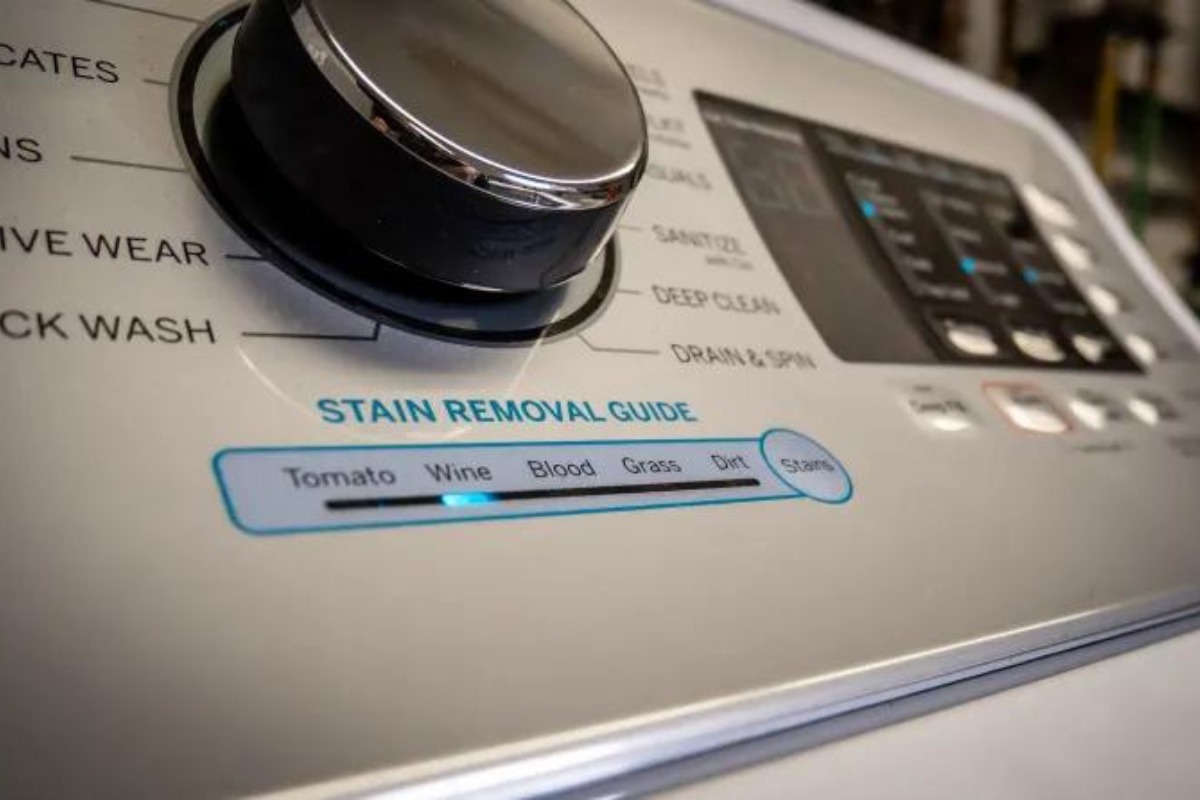


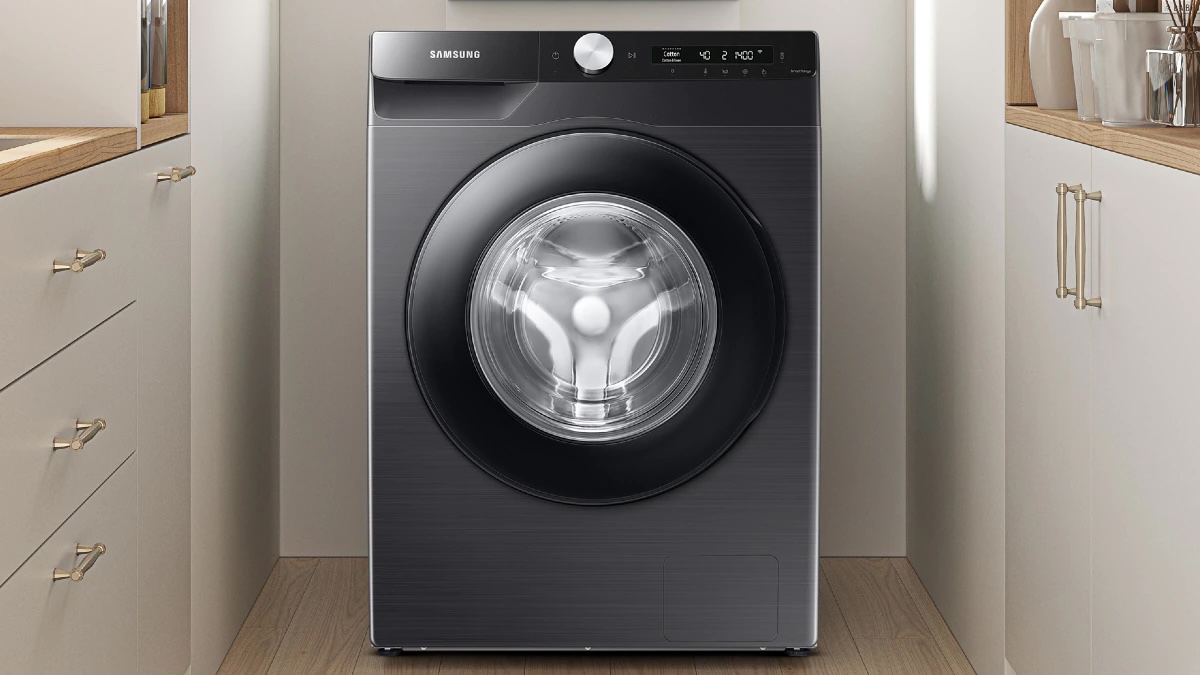
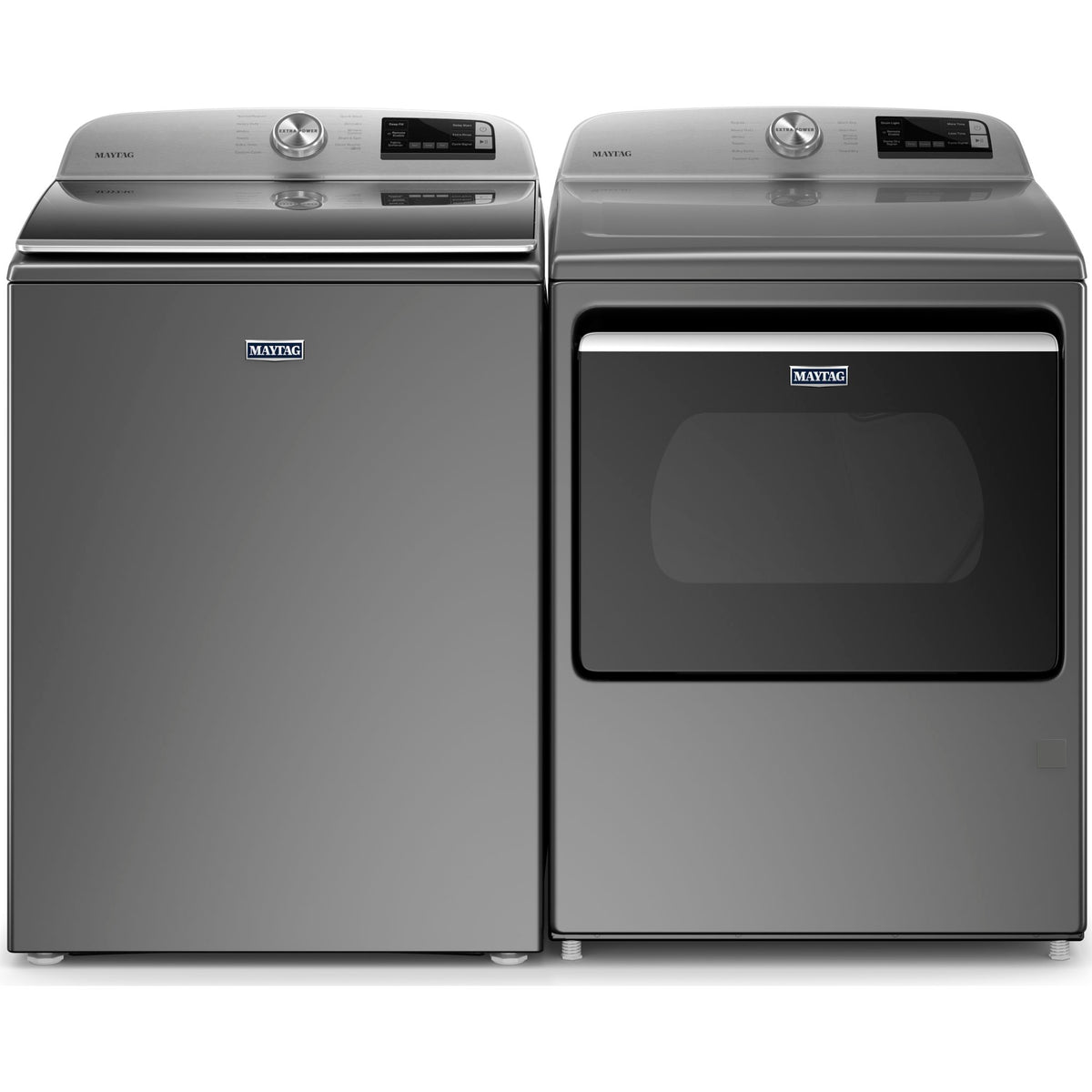
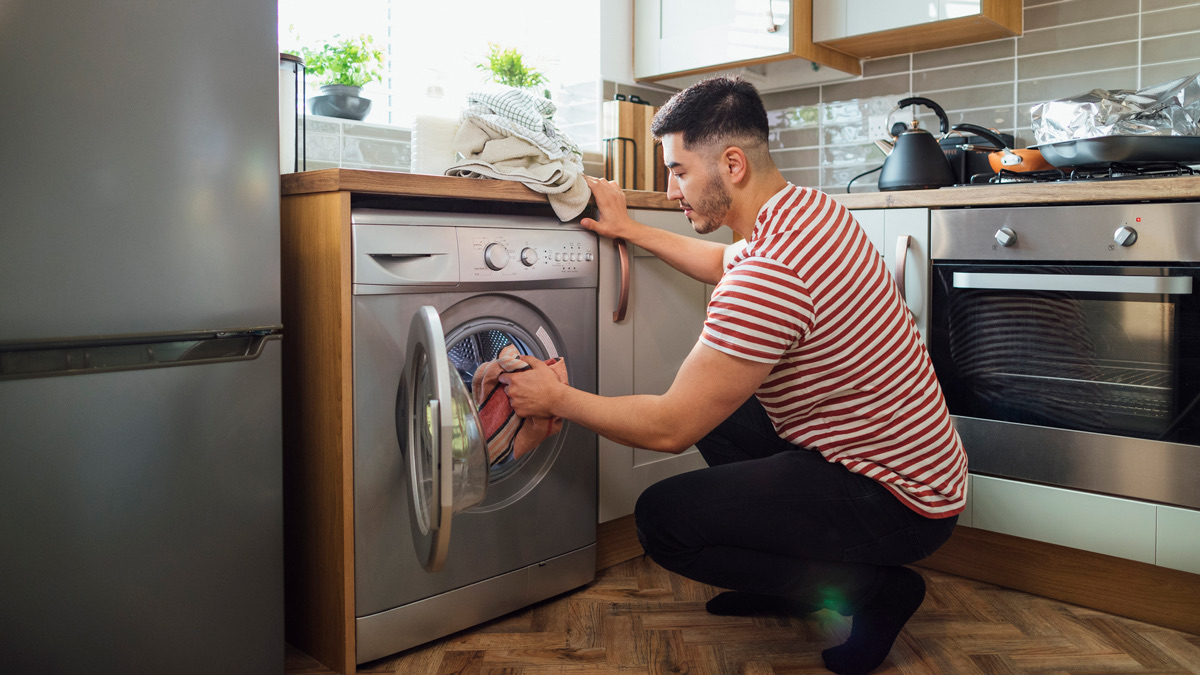


0 thoughts on “How To Wash A Pillow: So It’s Fresh, Comfy And Supportive”